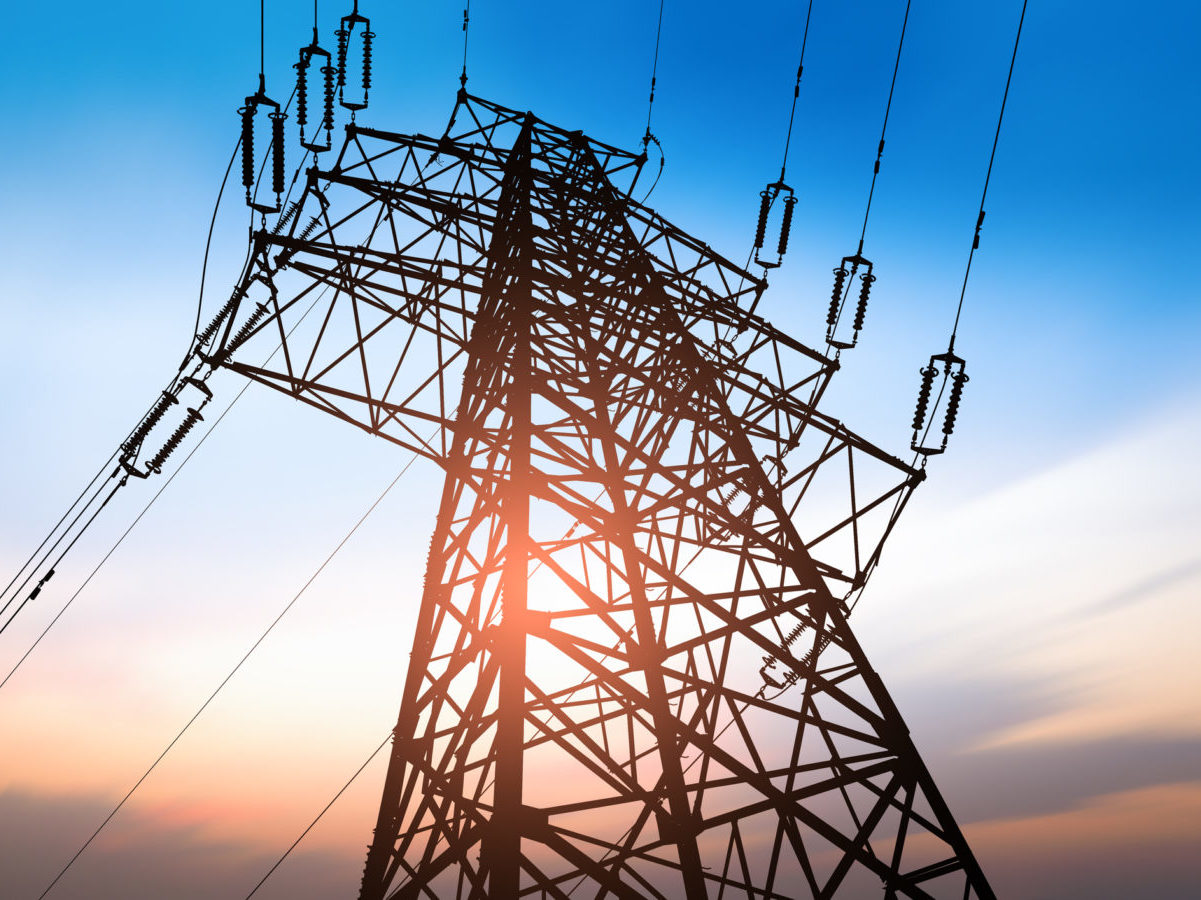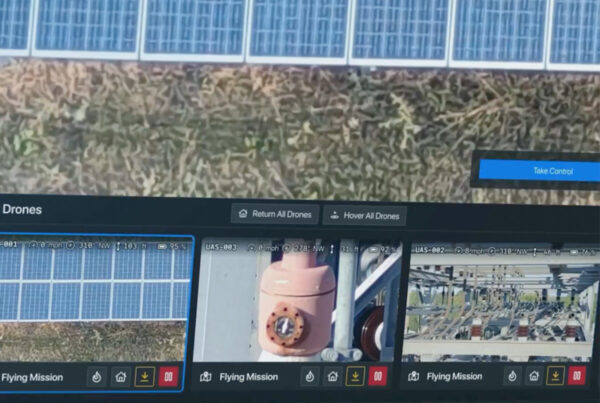
A regulated utility recovers the cost of system losses through rate mechanisms partially supported by the utility’s system loss analysis (SLA). Traditionally, SLA requires a long and arduous engineering study that can take more than a year. It typically involves manually collecting transmission, sub-transmission and distribution data — starting from the generators and substations — and then trying to compare the data with samplings of customer classes based on approximate load shapes and profiles. Highly labor intensive and, at best, dependent on statistical methods, the exercise requires manually compiling data commonly used for other purposes, archived in historical databasesand not readily accessible.
To make the process a bit more workable, Ameren engineers typically narrow the analysis to coincident peak-load periods. The analysis performed is a rigorous statistical exercise, but the results have limited applicability because of the quality of data available, use of sampling and assumptions about the hours of the year to analyze. Furthermore, given the time it takes to complete, a traditional SLA model can be obsolete almost as soon as it is defined. Ameren knew it needed a more efficient and accurate way to perform SLA.
The Path to Obsolescence
With all the time and cost involved, it is little wonder why Ameren and other utilities only perform SLA once every three to five years, and sometimes even longer. Ameren Illinois, for example, had not updated its SLA in more than 10 years. This was acceptable in a world where the grid profile basically stayed the same from year to year, as was the case up until the last five to 10 years. However, with the proliferation of distributed energy resources (DERs), a major shift in the workforce from factories to homes and other factors, the grid profile can change significantly from year to year.
A three-year-old model (much less a 10-year-old model) can quickly become obsolete. Additionally, it is conceivable, and likely, SLA could play a key role in DER valuation and siting as well as in the creation of better models for retail locational pricing. With this in mind, Ameren Illinois decided to propose an innovative, more efficient and more accurate way to conduct SLA.

Ameren’s real-time losses team reviews losses data. Chance Alexander, associate engineer, explains how losses are depicted on graphs to Dominic Perniciaro, riders and margin manager, and Keith Hock, director of technical services and operations planning
With more than 3 million customers, Ameren is a tier-one utility, operating businesses in rate-regulated electric generation, transmission and distribution as well as rate-regulated natural gas transmission and distribution. In the second quarter of 2016, Ameren Illinois set an internal goal to update its SLA study to more accurately reflect losses by voltage level. A typical timeline for performing this type of study can be more than a year, with a cost of several hundred thousand dollars and upward. Ameren Illinois’ goal was to complete the updated SLA by the end of that year.
The engineering group predicted the study would take 12 to 18 months, consistent with previous studies. As is often the case, the engineering resources were disposed on other high-value projects with regulatory deadlines and firm in-service dates. Ameren’s transmission technical services and operations planning group, together with the regulatory group, agreed they needed to come up with a better idea.
Right Idea, Right Technology
In 2013, Ameren initiated a system-wide advanced metering infrastructure (AMI) deployment in Illinois, scheduled to be complete by the end of 2019. In advance of full deployment, Ameren began to evaluate operational use cases for the big data about to emerge from AMI. Aggregating this data by operational and commercial attributes was the first step in extracting grid operations and financial benefits from AMI, coupled with other system data. SLA was an identified use case but was not high on the list until the Ameren Illinois end-of-2016 deadline moved up its priority. Fortunately, the utility was prepared to leverage the AMI data.
With AMI, Ameren can collect hourly data for essentially every service point. It knows, by rate class, the voltage level of each service point and, from system connectivity models, it can determine from which part of the system each customer is served. If Ameren could calculate its total system losses hour by hour, it should be able to calculate hourly system losses on every part of the grid — from transmission lines to distribution lines to end customers.
In the optimal case, Ameren could do this using real-time data and mathematical formulas rather than taking peak-load snapshots and extrapolating estimates based on statistical formulas. However, this was easier said than done. Much of the necessary data was still buried in disparate historical databases not designed for this kind of analysis and required a lot of heavy lifting in addition to restaging to make the necessary calculations. The key would be finding a way to automatically analyze and dynamically model the data from AMI as well as from every physical transmission and distribution asset over any given time period.
As part of an ongoing effort to improve its financial analysis, Ameren wanted the ability to do a detailed profit and loss statement on every individual customer service point. In addition to the financial data, the utility wanted a deep dive into individual service point attributes, including voltage class, rate class and ZIP code. It also wanted to include spatial and temporal data from all its physical grid assets. All these data points were more than the utility needed for its immediate purposes, but with an eye toward the future, Ameren knew this information would be valuable for reporting and analytics.
Algorithms and Analyses
To do the necessary spatial and time analyses, Ameren deployed the PowerRunnerEnergy Platform. This tool enables the utility to join and align data temporally from disparate operational technology (OT) and information technology (IT) sources such as customer information systems, geographic information systems, meter data management, and supervisory control and data acquisition (SCADA). As a result, Ameren could create highly granular, point-in-time relationships across all its disparate data silos. It was not a huge stretch to figure out Ameren could use this same software application and methodology to create hour-by-hour system loss analyses anywhere on the system in near real time, not in a year.
Working with the PowerRunner team, Ameren fine-tuned and validated the necessary algorithms to create a prototype system in about six weeks. The transmission technical services and operations planning department took the concept to the regulatory department, where it got an enthusiastic reception. The regulatory team immediately recognized the added value this could bring to the utility’s settlement process associated with its regional transmission organization’s energy market. For the first time, Ameren would be able to account for every single kilowatt-hour every hour of the day and virtually eliminate all unaccounted for energy on the system.
The new SLA operates on 8760 hours of AMI, or profiled customer load data, as well as system load data to create hourly system loss factors for each voltage class. Location-specific losses can be further refined by leveraging upstream SCADA data to determine loss factors by voltage class, hour (or even temporally more granular) and circuit. Ameren analyzed more than 13 billion hours of end-use asset data for the loss study period. Algorithms used these data sets to optimize the loss factors for every hour of the study period. This novel approach has resulted in an on-demand loss-analysis application eliminating the need for future static planning efforts, saving Ameren time and money. An SLA — operating on every individual hour, not just on a few peak hours — now can be performed in seconds, not months.

Isolating loss analysis by voltage class and system assets with the SLA application helps to identify abnormal unaccounted for energy or equipment performance.
NextGrid Extracts Value
Over the past few years, the utility industry has invested hundreds of millions of dollars in systemwide AMI. Initial use cases for these major capital investments revolved around customer analytics and avoided resource savings (elimination of meter readers and reduction of truck rolls). The Ameren SLA project is a fundamental grid-operations use case that leverages AMI to improve the efficiency of how Ameren delivers energy to its customers.
As a fully deregulated utility in Illinois, Ameren does not own merchant generation plants that serve load. Similar to FedEx or UPS, Ameren Illinois is a service and delivery company. Increasing the efficiency of how it delivers energy to its customers improves the utility’s cost of service and rates offered to its customers.
The Illinois Commerce Commission recently initiated the NextGrid study. This study will evaluate the way in which electric utilities can incorporate more DERs across the system as well as how these DERs will affect utility rates, revenue models and the overall utility business model. As Ameren Illinois and other utilities across the U.S. move toward a more transactive energy model, they will need to analyze the operational value and cost as well as the commercial value and cost on an hourly basis for every asset. This will require the full convergence of OT and IT to price load and generation effectively.
Ameren will have to merge its historically distinct operational and commercial models to determine the current and future value of all assets across its distribution system. With the PowerRunner Energy Platform already in operation, the implementation of Ameren’s SLA project has accelerated this convergence effort, and the utility is well positioned to support the NextGrid study as it continues to roll out AMI in Illinois. Ameren also continues to leverage AMI data to address other high-value grid operations and system planning use cases to further improve its efficiency.
Tip of the Iceberg
The new SLA is just a starting point for this application platform. Eventually, Ameren will be able to do a loss calculation on every single feeder circuit on the system to get a true accounting of where all the kilowatt-hours are going — not just by system voltage class but by individual feeder circuits, as well. Combining SLA with an asset-level forecasting engine creates a gateway to a host of strategic initiatives, including price signals that will determine where power is most valuable at any time of the day. It is also the first step toward creating future DER locational pricing models and a guide to determining where Ameren needs to site new DER as well as discourage DER where it contributes marginal value or no value at all.
Additional near-term value will be created by enabling more accurate asset health analysis, planning studies and cost-of-service studies using circuit-specific, hourly and real-time loss calculations. These all are examples of the benefits derived from the convergence of advanced hardware and software technology, highly granular AMI data, grid asset data and OT data.














